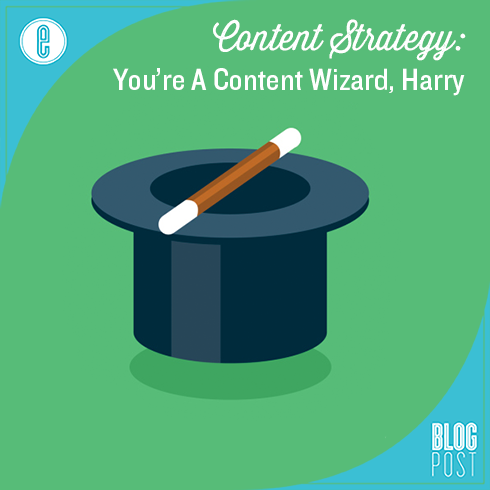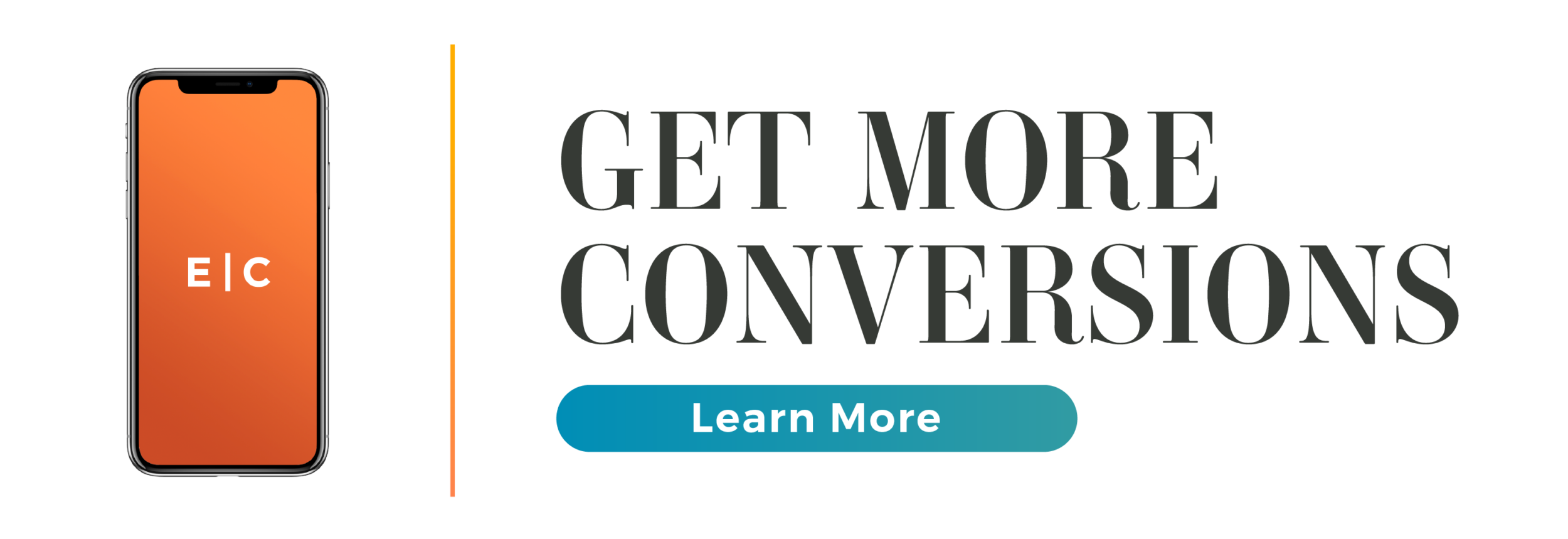
Know your people, people.
The best way to boost organic traffic is to obtain a Freud-like status on knowing your intended audience even better than they know themselves, to an annoying, egotistical degree. Okay…maybe not at Freud-level, but you should be quite intimate with the wants and needs, behaviors and concerns of your ideal customers before you do anything on your website. This is critical to the content marketing strategy portion of your inbound plan. Why? It basically goes like this:
1. Your target audience searches for something.
2. You create content for which they are searching.
Simple as that. It’s almost like becoming a wizard who can see into the future. You know what your people will want to read, and so you create it. And then they start craving what you create, visiting your page over and over, before you’ve even posted something new. Congratulations, your content marketing strategy has been successful.
This is why a well-developed content strategy as part of a larger inbound marketing plan is the best strategy for boosting organic traffic, period.
Here are a few do’s and don’ts that we’ve whipped up for you to use when getting started on your killer content. (Or maybe as a tool to refine what’s already in place.)
Dont: Start your content strategy without digging in to your intended audience.
Do you know the age ranges, genders, buying habits of your ideal customer? What is their ultimate focus? Conduct some market research and construct a thoughtful, pointed survey (say, a five minute email) that you can email to your target demographic. This will help you ensure that your content marketing strategy is as effective as possible and generates the best ROI.
Do: Conduct a Competitive Analysis
Your successful competitors aren’t doing every single thing perfectly. Many companies are so strapped for time and resources that they spend it all on developing their own marketing strategies. Gain the advantage by studying their weak spots. Determine what the successful ones aren’t doing, and you’ve unlocked a secret to their success.
It’s like that old Jack Handey quote: Consider the daffodil. And while you’re doing that, I’ll be over here, going through your stuff.
Do: Construct Buyer Personas
These are fictionalized profiles that you create for your ultimate client/customer. It puts a name to the faceless. When you write for shapeless group, like “The Internet”, your messaging suffers. A buyer persona helps you sharpen your focus on your ideal customer’s needs, behaviors, intentions, and concerns. This helps sharpen your focus on your content strategy, as well.
Do: Write Marketing Content for These Personas
Write all of your content like you are writing directly to this person (you’ll more than likely have several buyer personas), and you will have a much easier time starting…and continuing.
(Psst: Want to write a kickass buyer persona? Start here.)
Do: Start with Keywords
Long-tail keywords, if you’re an inbound marketing rockstar. These should launch your content calendar…not the other way around. If you try to plug in strategic phrases and buzzwords after a blog post is written, or while writing it, you’re only hurting your efforts. Use your keywords as a springboard for your editorial calendar planning sessions.
Don’t: Slap Up Any Old Content for the Sake of Content
We’ve been trying to convince you people that Google is actually becoming the ultimate human computer. It’s getting quite adept at recognizing content that is valuable to people. With that in mind, here’s some sage advice: take the time to craft a blog post that really speaks to your buyer persona. Because if a computer-human-machine can recognize what’s crap, so can real people.
-FINAL(01-00)-White&Blue-01.svg)




